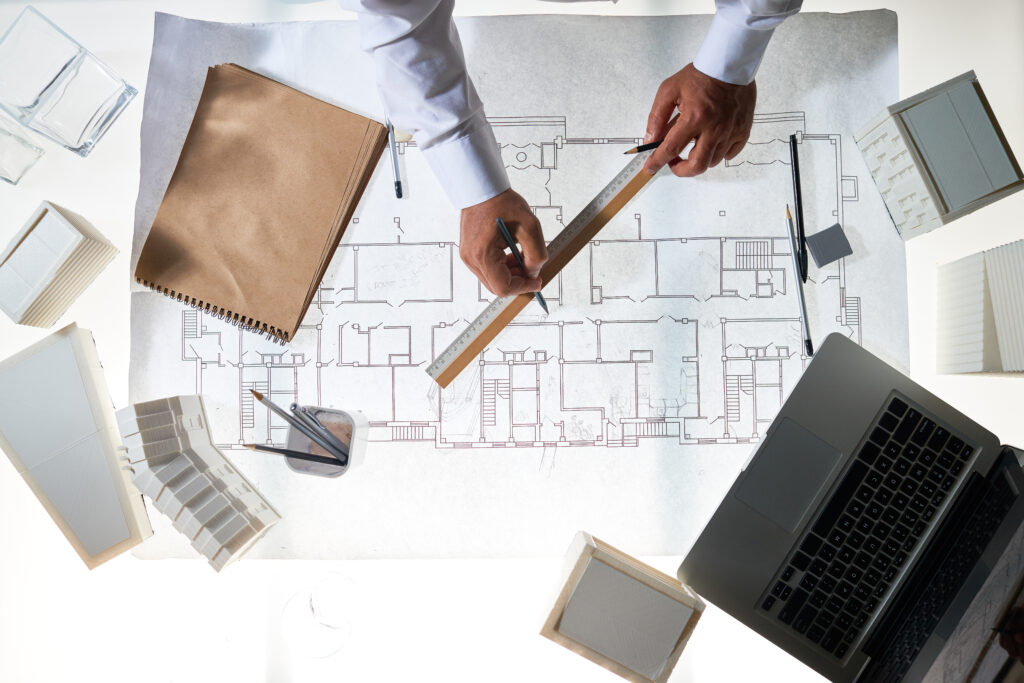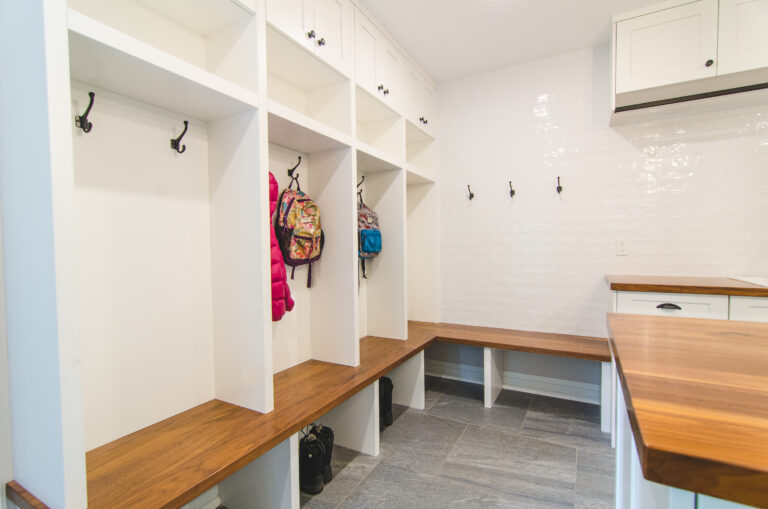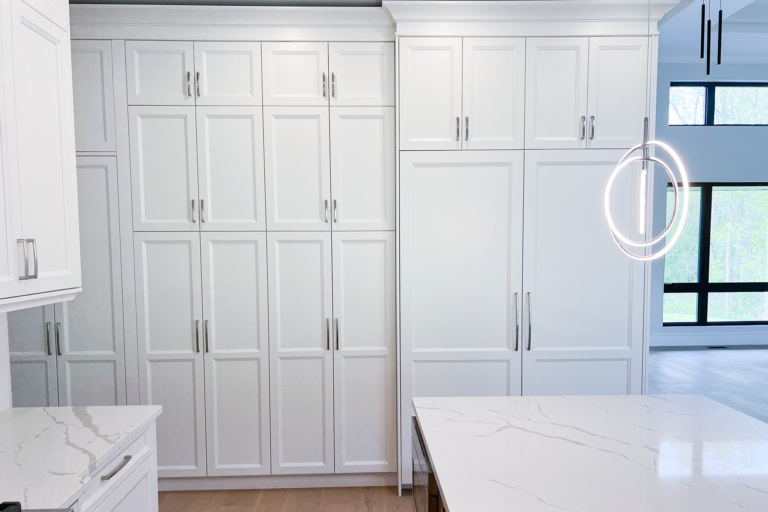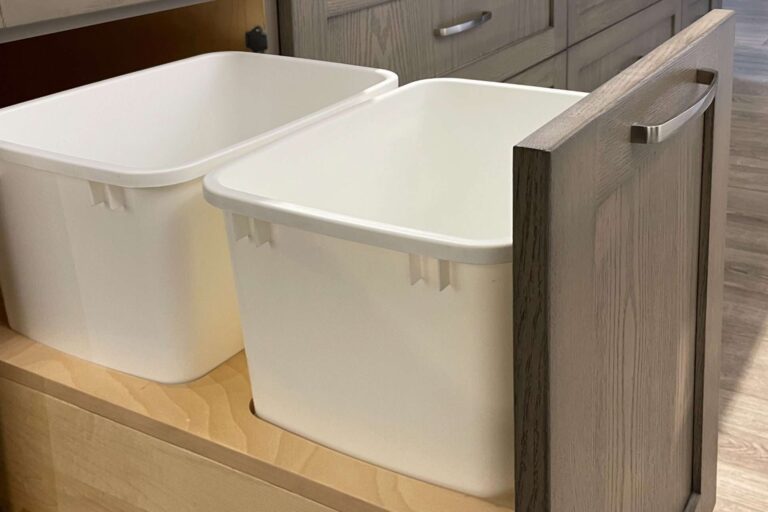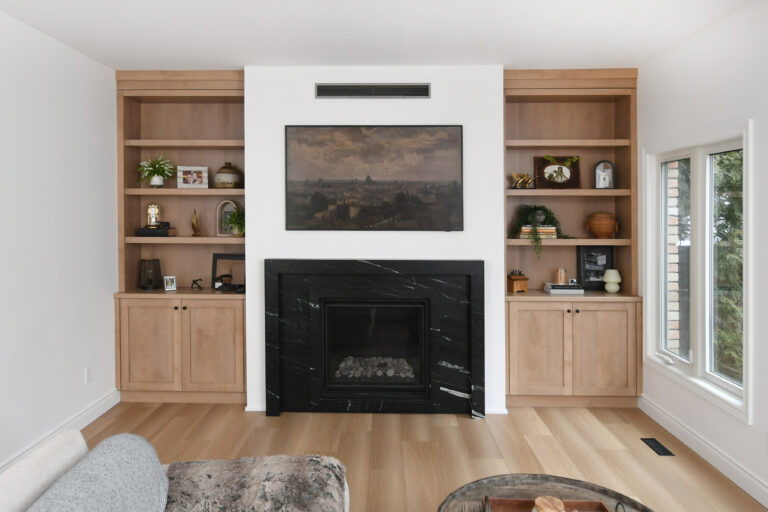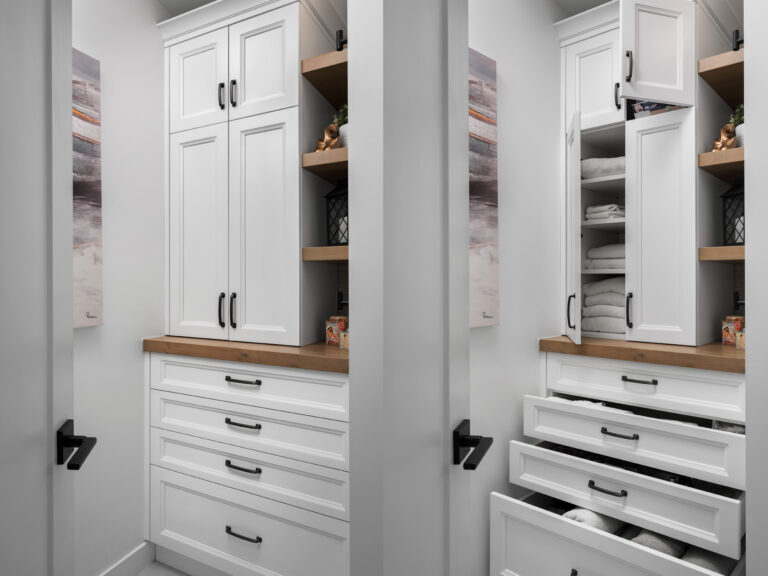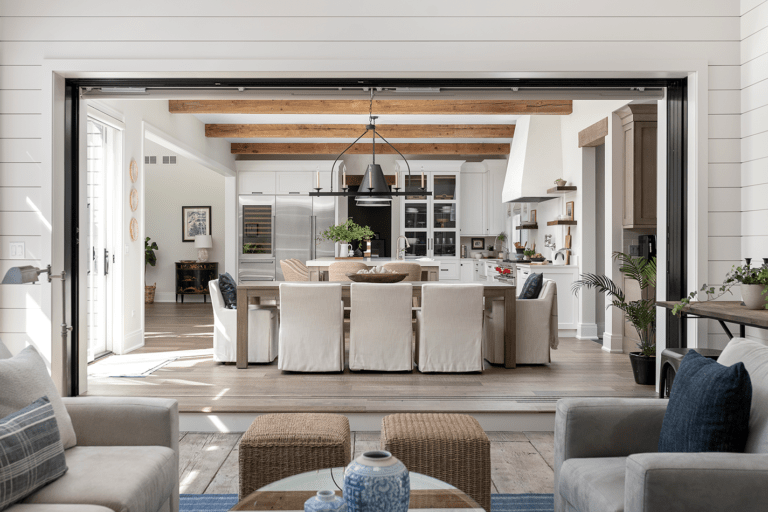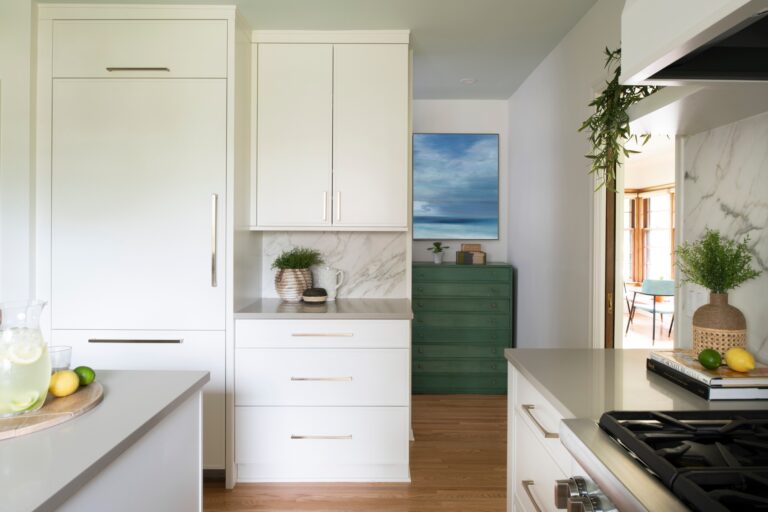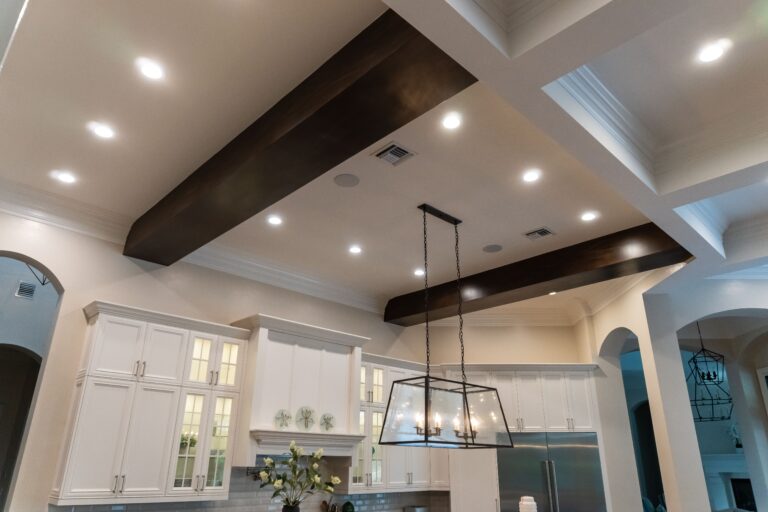In kitchen and home design, projects depend on more than one person’s expertise. Designers work alongside architects, builders, and trades to move a project from the design concept to final walkthrough.
Success depends on clear processes, consistent communication, and mutual respect among everyone involved.
Here are practical ways designers can strengthen their work with project partners.
1. Define Scope, Deliverables, and Roles Early
Before design work begins, confirm:
The scope of work
Project deliverables and timelines
Responsibilities for each team member
Clarity at the start reduces confusion and helps prevent delays later.
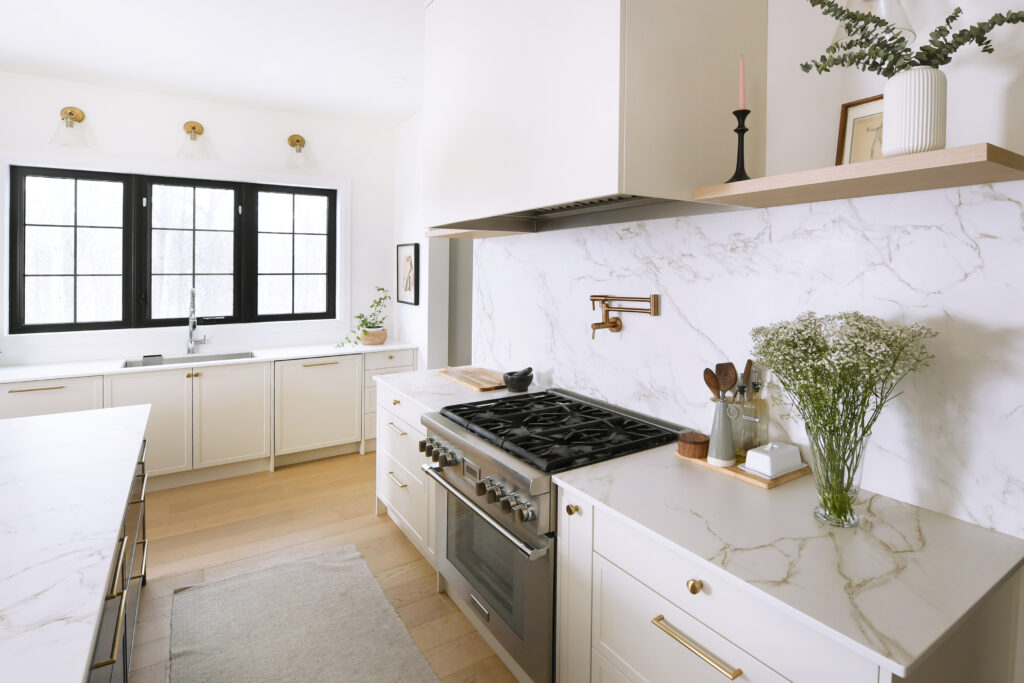
2. Keep Communication Regular and Documented
Updates should be scheduled and predictable:
Hold weekly check-ins, even if there are no major changes
Use both written and verbal updates
Document key decisions and share them with the entire team
Consistent communication keeps everyone aligned and reduces the chance of misunderstandings.
3. Build Professional Relationships Beyond the Project
Stronger working relationships often form when people connect outside day-to-day project work.
Meeting for coffee or attending industry events together can help teams better understand how each partner works.

4. Use Shared Tools for Project Information
Choose a cloud-based platform that works for everyone:
Office 365, Google Drive, Slack, or Teams
Centralized task lists, calendars, and milestone tracking
Files stored in one shared location
The specific tool matters less than ensuring all team members can access the most current information.
5. Address Miscommunication Promptly
When issues arise:
Acknowledge them directly
Have one-on-one conversations where needed
Address as a group if it affects the wider team
Quick, direct action helps maintain progress and avoids unnecessary tension.
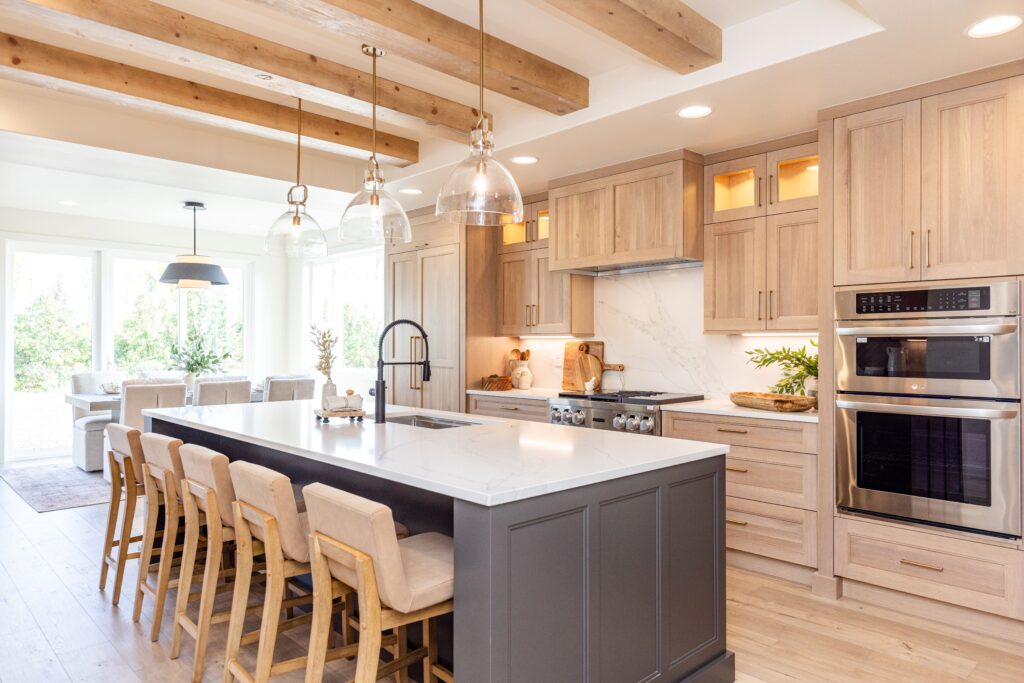
6. Manage Different Communication Styles
Every project involves different working styles. To keep everyone informed:
Send written follow-ups after meetings
Share meeting notes or summaries with the team
Assign one person to manage documentation
Clear records help avoid confusion weeks or months into a project.
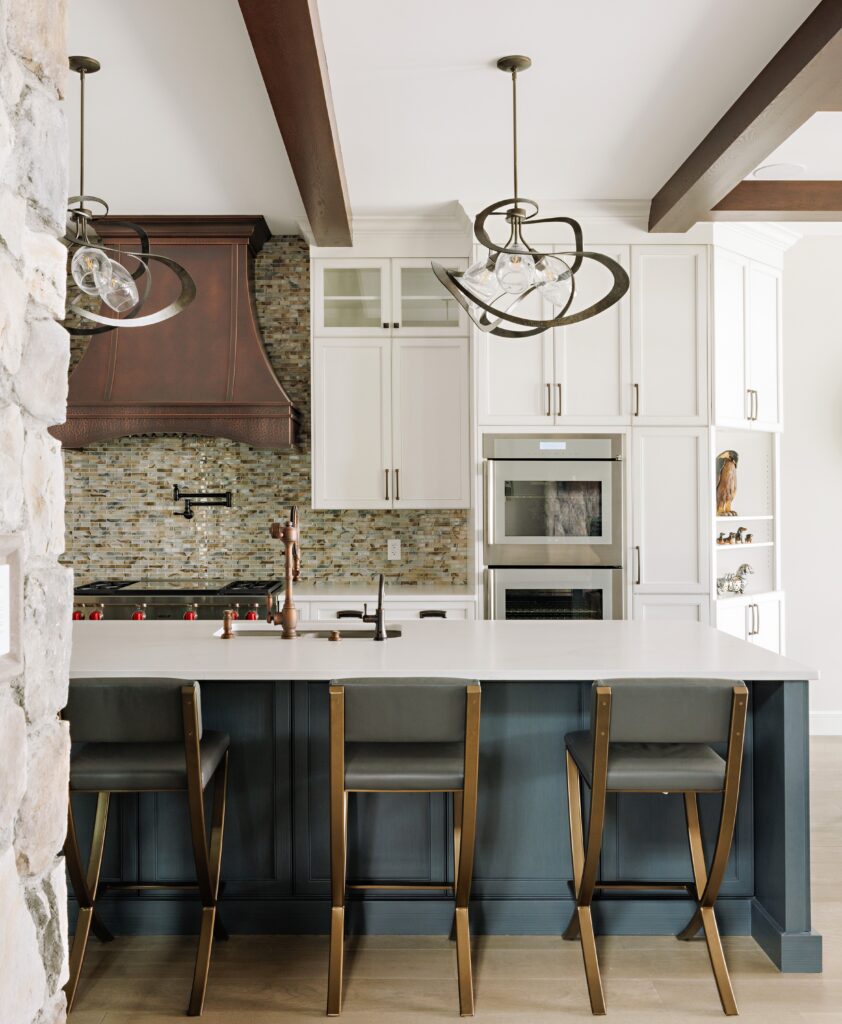
7. Share Your Expertise While Encouraging Collaboration
Designers can guide decisions without shutting down other perspectives:
Explain the reasoning behind design recommendations
Incorporate client or partner ideas where possible
Keep unused ideas for future projects
Confidence grows with experience, and each project is an opportunity to refine your approach.
What to Do When Clients Keep Changing Their Minds
Clients changing their minds is one of the most common issues in kitchen design and one of the most frustrating for designers.
Kitchens are a big investment. A little indecision is expected. But when revisions start piling up and decisions get reversed, it becomes hard to keep the renovation moving in a productive direction.
8. Set Boundaries to Prevent Scope Creep
Protect project timelines and budgets by:
Outlining included work and revision limits in the contract
Defining costs for work beyond that scope
Reviewing these terms before the project begins
Clear agreements help manage expectations for everyone.

9. Recognize Signs of Poor Fit
Pay attention to how potential partners interact with others. Are they kind? Do they communicate clearly?
Patterns of poor communication or unprofessional behavior may be reason to avoid working together on future projects.
10. Maintain Strong Partnerships
When you work well with someone, look for opportunities to partner with them again.
Established relationships can make future projects more efficient and collaborative.

11. Use a Single Point of Contact for the Client
To keep communication organized:
Route all updates through the designer or project lead, maintain one point of contact
Provide clients with a unified project update
Avoid giving conflicting information from different team members
This helps clients feel informed and reduces unnecessary back-and-forth.
Designers Can Work Better with Architects & Trades
Effective partnerships with architects and trades rely on early clarity, structured communication, and mutual accountability.
When everyone understands their role and has access to the information they need, projects move forward with fewer obstacles and better results.


